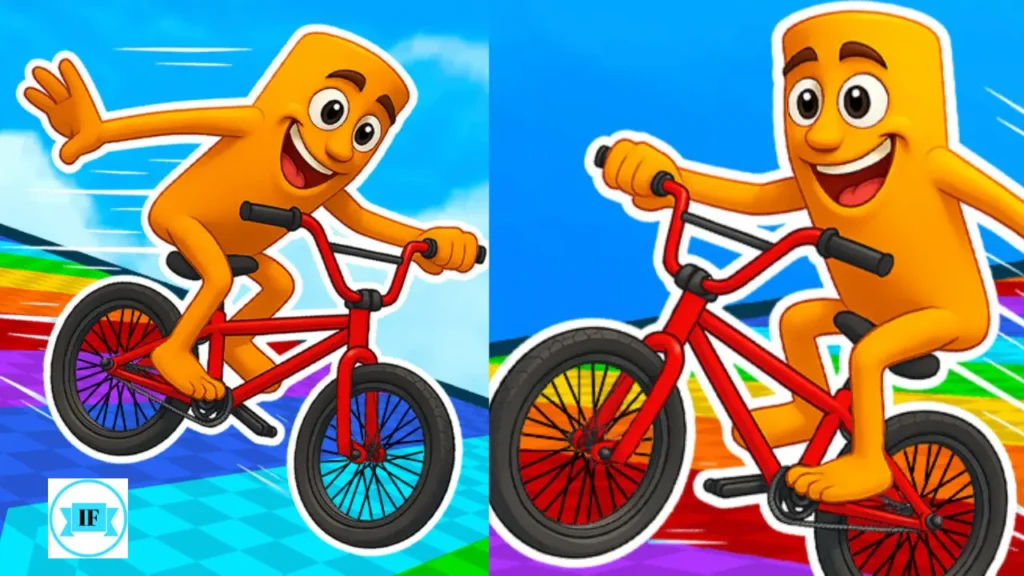Temple Run 2 is an endless runner video game and the direct evolution of the original Temple Run. Its lasting popularity comes from the core challenge of a high-speed, continuous chase through detailed, dangerous environments.
The game’s objective is singular: run as far as possible while scoring points and staying alive, handling the increasingly tricky challenges that require careful timing and quick decisions.
Game Overview
Developed and published by Imangi Studios, Temple Run 2 was first released on January 16, 2013. It is available primarily on iOS and Android, though it can also be played on select browser platforms. Classified as an endless runner, the game expands on the mechanics of its predecessor, adding richer environments, enhanced graphics, and new hazards while maintaining the iconic sprint-and-dodge gameplay loop.
| Developer | Imangi Studios |
| Publisher | Imangi Studios |
| Initial Release | January 16, 2013 |
| Genre | Endless Runner, Action |
| Ages | 4+ / Everyone |
| Platforms | iOS, Android (Primary) |
Players control an adventurer who is pursued by the monstrous Evil Demon Monkey after stealing a sacred idol. The game features diverse settings, including mines, jungles, and icy paths, each introducing unique hazards such as zip lines, mine carts, collapsing bridges, and rotating obstacles. A run ends immediately if the character collides with any obstacle or falls off the path. Revival after a fatal crash is only possible using Gems, the game’s premium currency, which allows the score streak to continue.

From experience, as runs progress, the game demands increased concentration and split-second reflexes. Even minor lapses at high speed, particularly after handling multiple turns or obstacles in rapid succession, can abruptly end a session.
Controls and Key Moves
The control system is straightforward but requires precision, especially for high-speed runs. On desktop, lane changes and turns are executed using the A/D or Left/Right arrow keys, jumps with W/Up arrow, slides with S/Down arrow, and hoverboards or special abilities with assigned keys. On mobile, the same actions are performed with swipes: left/right to change lanes or turn corners, up to jump, and down to slide.
Experienced players develop timing for two key types of turns. The standard turn requires swiping precisely at the corner to avoid collisions, while the slide-turn involves smoothly transitioning from a jump or slide into a turn. In my gameplay sessions, I found that anticipating these turns, rather than reacting at the last moment, consistently improves run length and score.
Power-Ups, Currency, and Character Abilities
Power-ups and collectibles are critical to achieving long runs. Coins serve as the primary currency, used to unlock new characters, boards, and upgrade abilities. Gems, in contrast, are rare and strategic, reserved for reviving characters after crashes, making them essential for high-score attempts.
Key power-ups include the Shield, which offers temporary protection from minor obstacles; the Coin Magnet, which automatically attracts coins across all lanes; the Boost, which grants a short burst of speed and temporary obstacle immunity; and the Coin Value upgrade, which increases the points gained from collected coins (e.g., from 1 point to 5 points). Through extended gameplay, I’ve observed that prioritizing the duration of the Coin Magnet and Boost power-ups often results in significantly higher scores without added risk.
Characters can be unlocked and upgraded to enhance specific abilities. Choosing a character like Usain Bolt, whose skills complement a player’s strategy, such as extended Boost duration or starting with a free shield, can make a noticeable difference in performance during high-speed sections.
High-Score Strategy and Advanced Tips
Success in Temple Run 2 comes down to timing, resource use, and planning ahead. Skilled players scan the track, preparing for upcoming turns, jumps, and slide sequences rather than reacting at the last second. Running in the center lane before corners provides extra time to adjust when obstacles appear immediately after turns.
At high speeds, survival outweighs coin collection. From my experience, many crashes happen while chasing stray coins. Using a Coin Magnet allows steady scoring without risk. Gems are best saved for revives during promising, high-scoring runs rather than early mistakes.
Daily and weekly challenges reward coins, gems, and artifacts that help upgrade power-ups and characters. Completing these steadily provides the resources needed for longer survival streaks.
Alternatives in the Endless Runner Genre
Temple Run 2 set the benchmark for endless runners, but several alternatives offer unique experiences:
- Subway Surfers: Features a three-lane urban environment, emphasizing dodging and multiplier management.
- Minion Rush: Integrates character abilities and level objectives from the Despicable Me franchise.
- Sonic Dash: A fast-paced runner using the Sonic the Hedgehog universe, focusing on speed boosts and rhythmic jumps.
These games provide different challenges and mechanics while staying within the endless runner genre.
Conclusion
Temple Run 2 rewards players who stay calm under pressure, learn track patterns, and use gems and power-ups smartly. From extended play, it’s clear that success isn’t about flashy moves but about building rhythm, reacting at the right moment, and focusing on survival above all else






